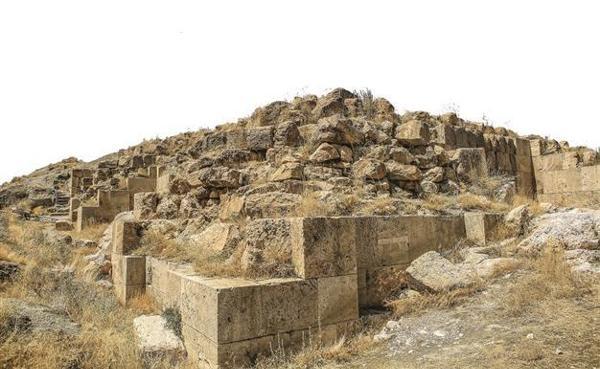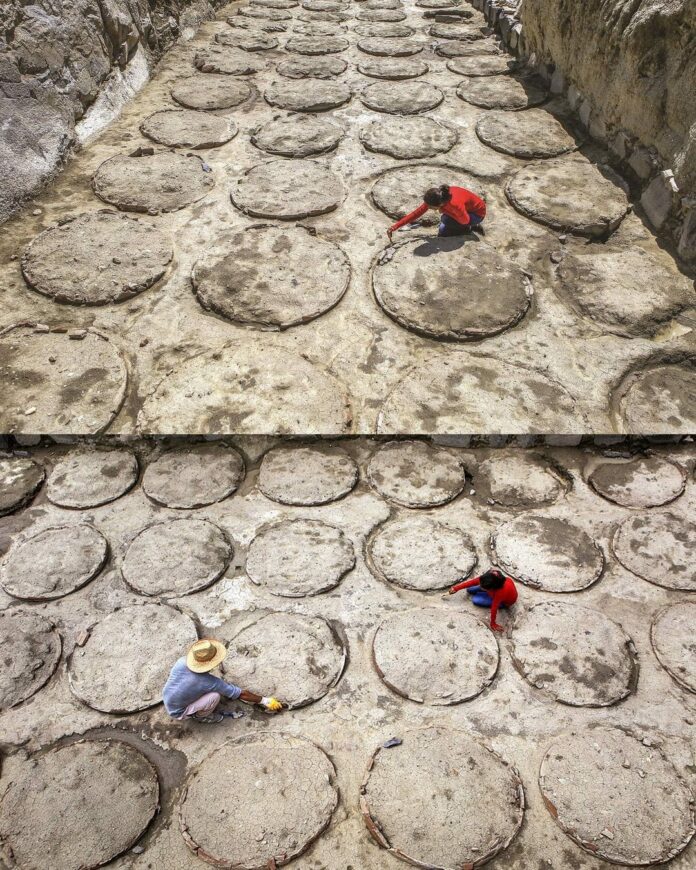Archaeology has always been a fascinating field, offering glimpses into the past and shedding light on the rich cultural heritage of our ancestors. In the eastern province of Van, Turkey, a remarkable discovery has been made that sheds new light on the ancient Urartu civilization. Archaeologists have unearthed 2,800-year-old pithos, or large ceramic storage containers, that once contained grain, oil, and wine in the ruins of Çavuştepe Castle, providing a unique window into the social and economic life of this long-lost kingdom.
The Storeroom of Çavuştepe Castle

The excavations at Çavuştepe Castle, led by Professor Rafet Çavuşoğlu from Yüzüncü Yıl University, have uncovered a remarkable storeroom within the castle’s ruins. This storeroom contains an astounding 120 pithos, each capable of storing up to 300 kilograms of food, grain, sesame oil, and wine. In total, this remarkable discovery suggests that the castle was capable of storing up to 36 tons of essential supplies.
A Glimpse into Urartu’s Vibrant Past
The discovery of these ancient pithos offers a fascinating glimpse into the social and economic life of the Urartu Kingdom, which flourished in the mid-9th century B.C.E. under the rule of King Sarduri II, who commissioned the construction of Çavuştepe Castle. The castle’s walls, cisterns, and even the world’s first sewage system still stand to this day, testament to the technological and engineering prowess of the Urartu people.
Grape-Growing and Winemaking in Urartu

One of the most intriguing aspects of the Çavuştepe Castle excavation is the discovery of the wine basins, where grapes grown on nearby vines were crushed by foot and the resulting grape juice was then poured into the pithos for storage. This discovery is corroborated by cuneiform text found around the castle, which provides evidence of the castle’s sophisticated grape-growing and winemaking capabilities.
The Significance of the Urartu Jars
The 2,800-year-old pithos uncovered at Çavuştepe Castle are not just artifacts of historical significance; they also offer a unique opportunity to gain insight into the daily lives and practices of the Urartu people. These impressive storage containers, capable of holding such vast quantities of essential supplies, demonstrate the organizational and logistical capabilities of the Urartu Kingdom, as well as their mastery of agricultural and food production techniques.
The discovery of the 2,800-year-old Urartu jars at Çavuştepe Castle is a testament to the enduring legacy of the ancient Urartu civilization. These remarkable artifacts not only provide a glimpse into the past but also inspire a deeper appreciation for the ingenuity, resourcefulness, and cultural richness of our ancestors. As archaeologists continue to unravel the mysteries of Çavuştepe Castle and the Urartu Kingdom, we can expect even more revelations that will further enrich our understanding of this fascinating chapter in human history.
